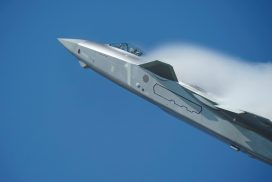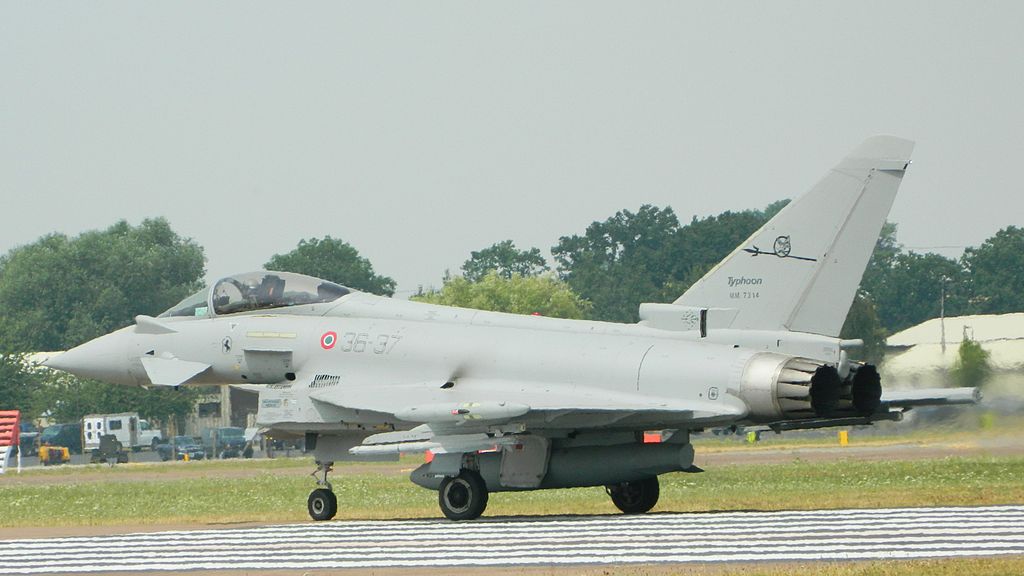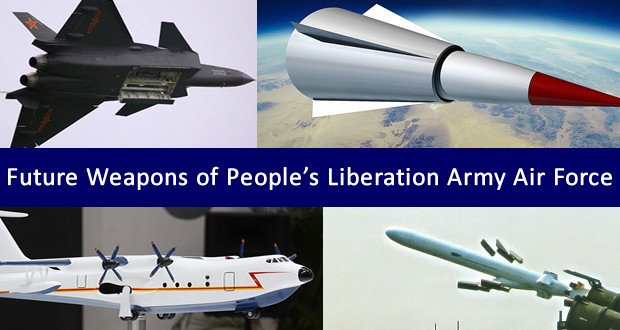EIELSON AIR FORCE BASE, Alaska: More than 1,400 military members from the United States, Singapore and Australia have converged on Alaska to sharpen their collective warfighting edge in Red Flag-Alaska 07-2, which runs from May 31 to June 15.br /Red Flag-Alaska, a series of Pacific Air Forces commander-directed field training exercises for U.S. forces and allies, provides joint offensive counter-air, interdiction, close air support and large-force employment training in a simulated combat environment.br /”Red Flag brings units from all over the world to a central location and provides them an opportunity to work together in a training environment considered one of the most demanding in the world,” said Col. William Wignall, air expeditionary commander for Red Flag-Alaska 07-2.br /”For this exercise, the Red Flag-Alaska team has developed several outstanding scenarios against high-end threats that will challenge the most seasoned pilots and aircrew,” he said. “Additionally, these exercises give the maintenance and support personnel an opportunity to practice several wartime tasks in helping them to be better prepared for their next AEF.”br /An F-16 Fighting Falcon from Aviano Air Base, Italy, sits on the tarmac at Eielson Air Force Base, Alaska, May 31 for Red Flag-Alaska 07-2. The Pacific Air Forces-directed field training exercise allows U.S. and coalition forces to fly under simulated air combat conditions. It is conducted on the Pacific Alaska Range Complex with air operations flown out of Eielson and Elmendorf AFB. The aircraft is from the 555th Fighter Squadron. (U.S. Air Force photo/Airman 1st Class Jonathan Snyder). These exercises are conducted on the Pacific Alaskan Range Complex with air operations flown out of Eielson and Elmendorf Air Force bases in Alaska.br /The exercise construct has Air Force, Navy, and Singapore and Australian military units organized as an air expeditionary wing at Eielson AFB with a subordinate air expeditionary group at Elmendorf AFB.br /”I think the most important thing each participant should take away from this exercise is the pride and confidence to successfully plan and execute a complex mission in a joint/coalition environment against highly capable threats,” Colonel Wignall said. “When Airman leave this Red Flag-Alaska exercise, they will be better-prepared to engage the enemy anywhere, anytime.”br /International observers from Malaysia and Norway also will be on hand to see how U.S. and coalition forces work together to aid in their decision to become future exercise participants.br /”The international observer program allows (officials from ) foreign countries the opportunity to gain a better understanding of the inner workings of PACAF’s largest joint and combined air combat exercise,” said Capt. Ron Strobach, Red Flag-Alaska team chief. “If interested, observers can then incorporate their aircraft, personnel and air combat tactics into future exercises, thus promoting better training and closer relations.”
Menu
Copyright © 2007- 2025 • Defence Aviation • All Rights Reserved. Reproduction without explicit permission is prohibited.



